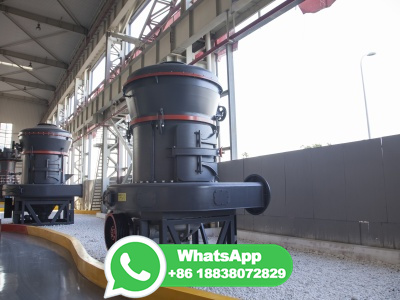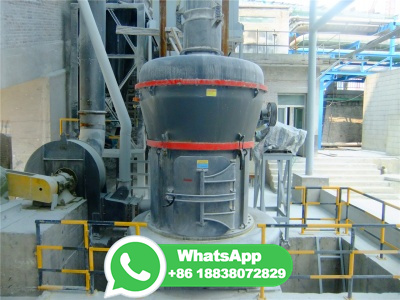Carbonisation is?a. Slow conversion of dead vegetation into ...
The Slow conversion of dead vegetation into coal is called carbonisation. Yes, it is the true statement as the process of carbonization is the slow process by which the dead plants buried deep under the earth surface have become coal. Coal is usually made from the remains of dead plants and animals known as fossil fuel.


























